World War I’s Battle of the Somme was a grueling four-month battle involving French, British and German forces. It was one of the larger and more memorable conflicts in the war, with an estimated one million soldiers killed or wounded.
The fighting was particularly gruesome, in part because of the increased reliance on war technology (most notably planes and the tank, a new development at the time). Erich von Falkenhayn, Chief of Staff for the German Army, also ordered a massive construction plan for the region: barbed wire obstacles were tripled in width, double and triple thickness wire was used, and the front line had been increased from one trench line to three, with deepened dugouts.
[text_ad use_post=”1890″]
As this Smithsonian article explains, even a century after the Great War’s battles in France, “the countryside still bears scars.” Irish landscape photographer Michael St. Maur Sheil has recently released his photographs taken at the site of the Battle of the Somme.
Some photographs clearly reveal the countryside’s wartime activity. “The Germans had been sitting in a deep dugout excavated into the chalk rock,” Sheil explained to the Smithsonian. “British soldiers advancing across the flat landscape were an easy target.”
You can get more information on Sheil’s new exhibition, “Fields of Battle—Lands of Peace,” and view more of the artist’s photos on the Fields of Battle website.
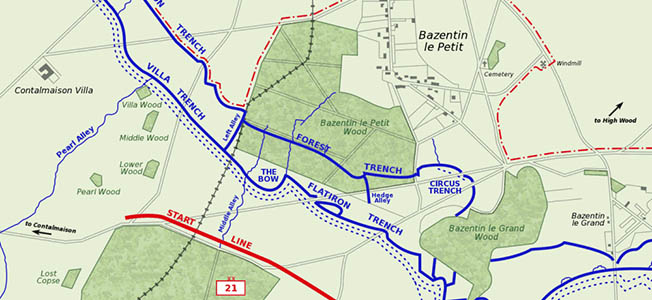
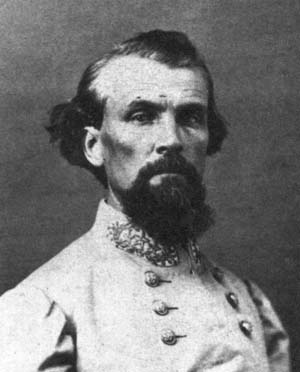
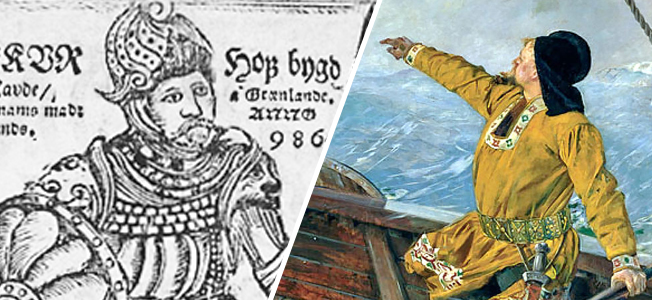

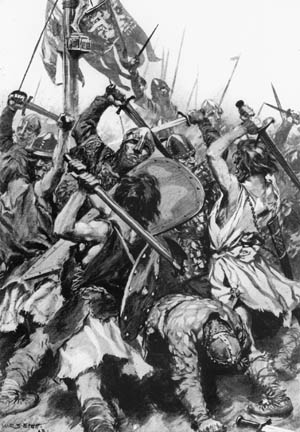
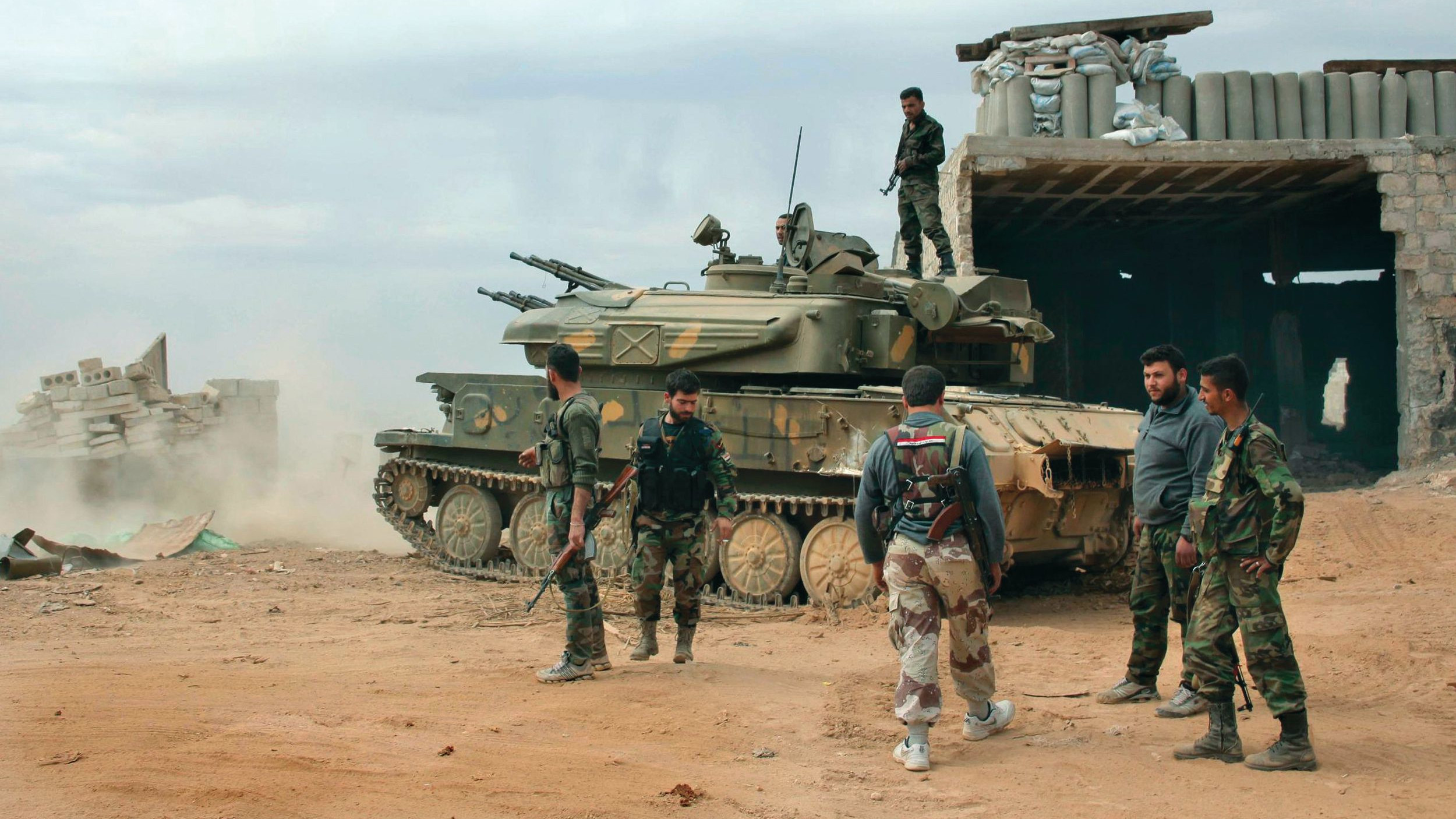
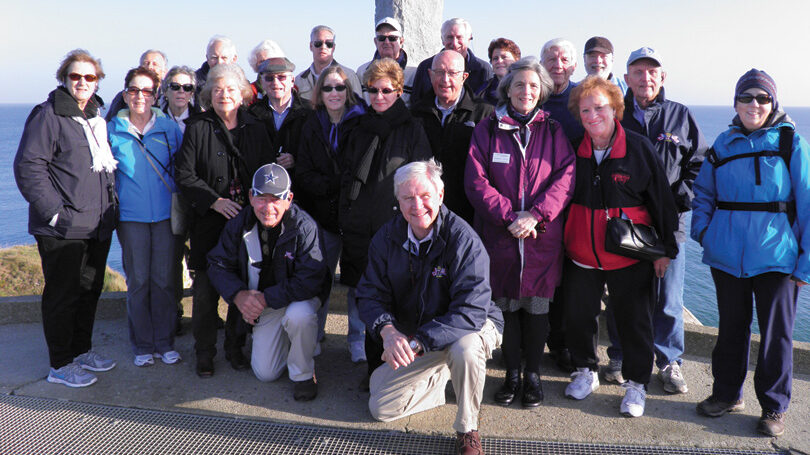
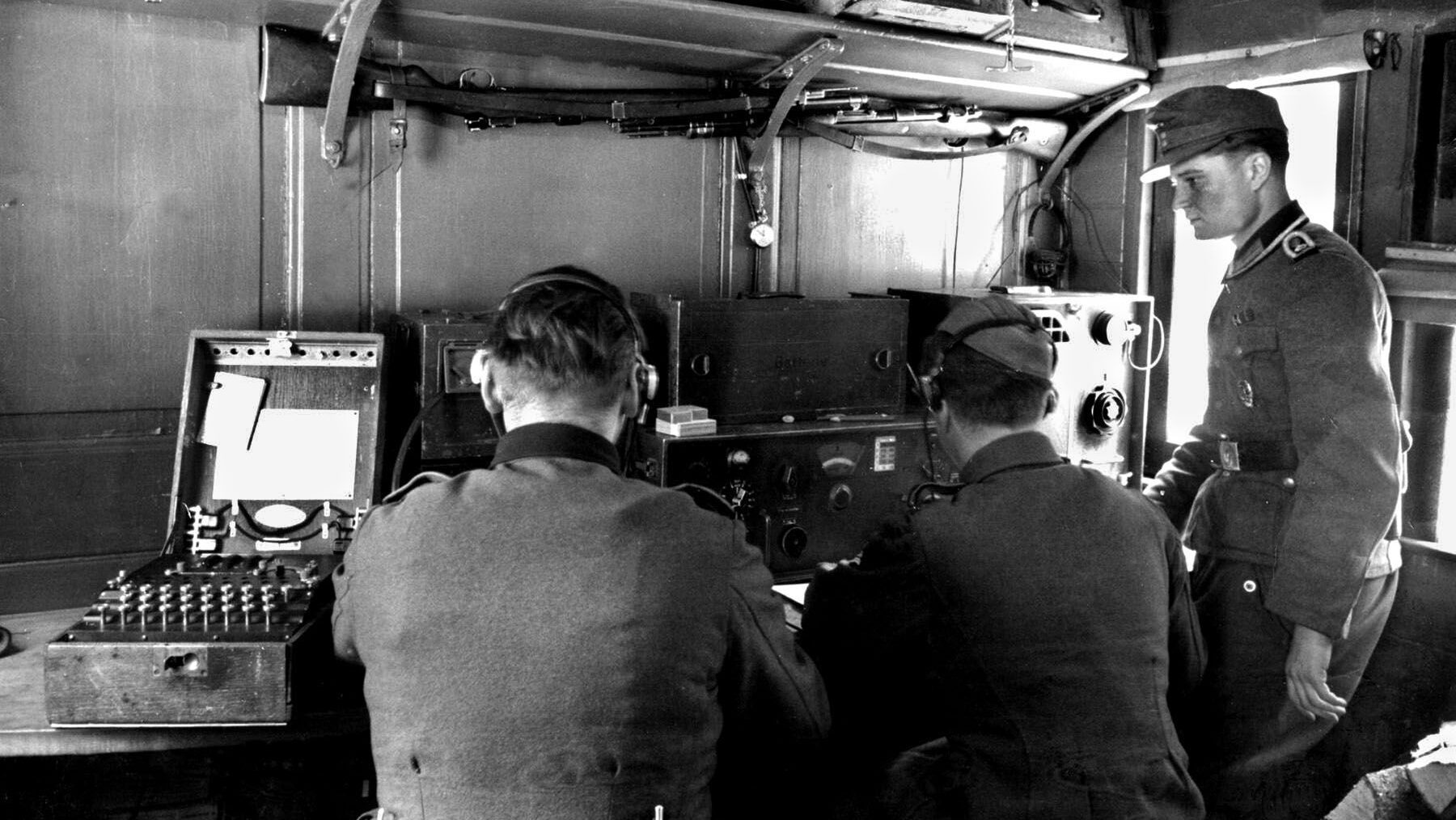
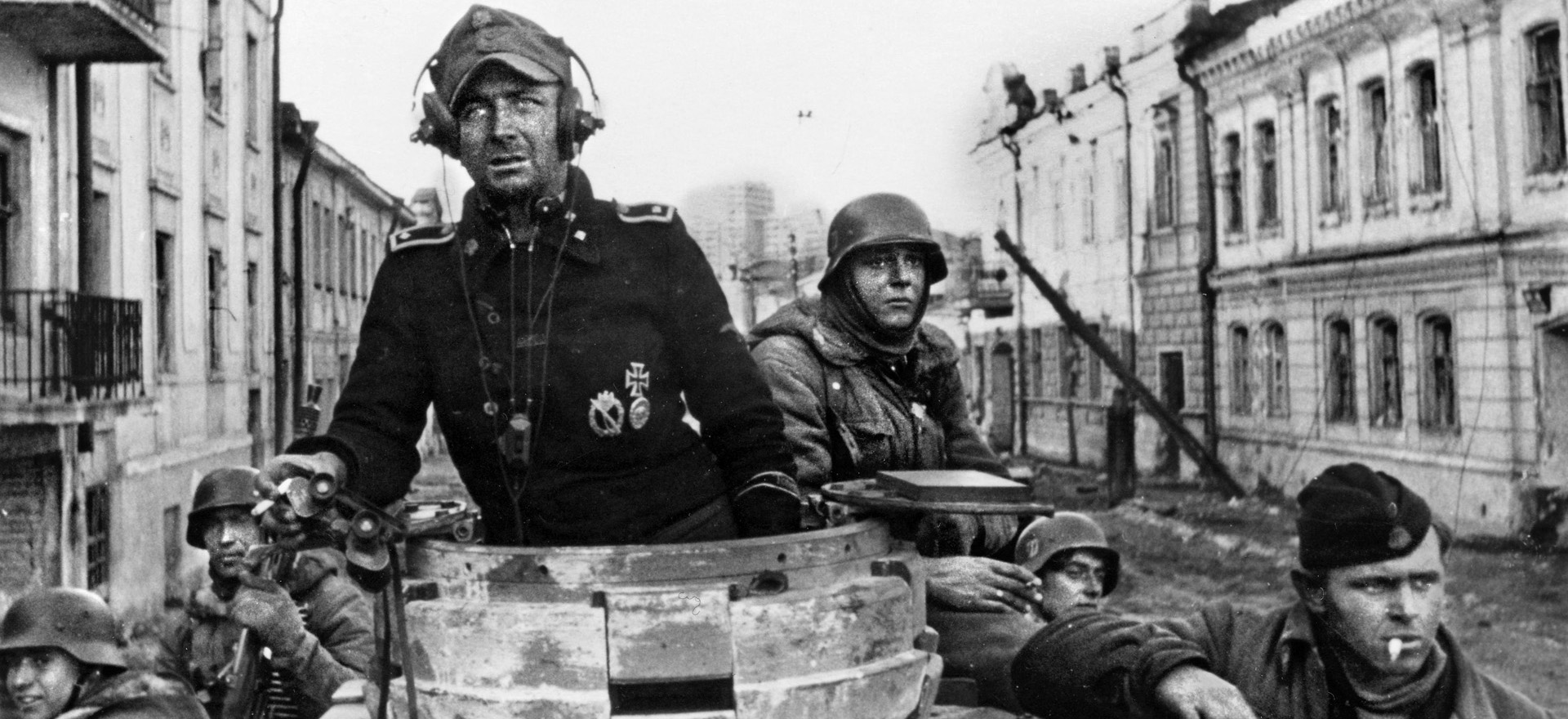
Join The Conversation
Comments
View All Comments